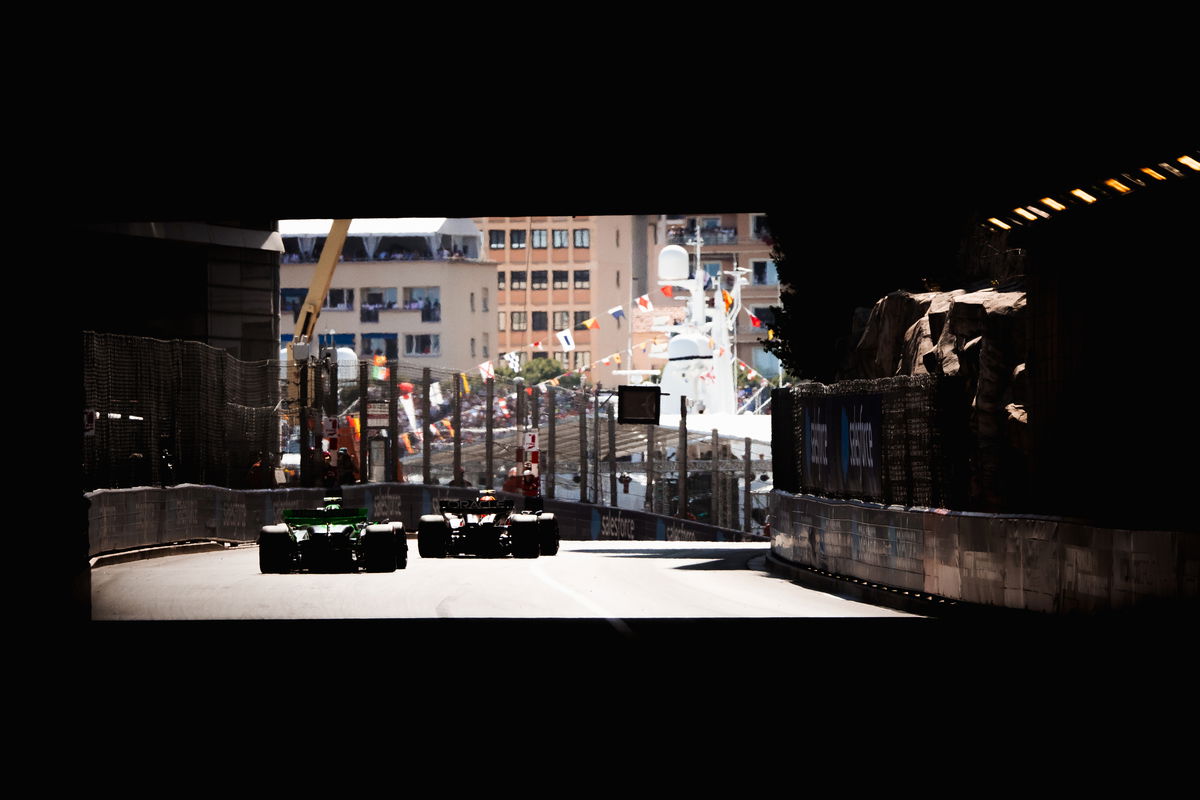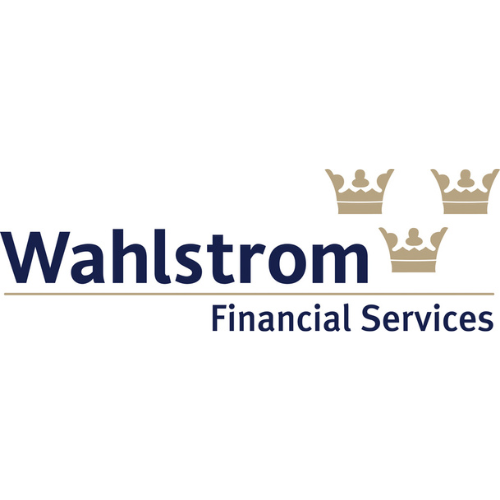

For any new team to enter Formula 1, it must pay $200 million. It’s a deliberately significant sum that has multiple intents, one of which is to weed out the fly-by-night operations.
Formula 1 is an open competition (not a franchise model, despite what team bosses may say) meaning, provided you meet the criteria laid out by the regulator, the FIA, anybody is free to compete.
An added layer to this is the sign-off required by the commercial rights holder, a separate but closely related point.
There are currently 10 teams competing in the world championship, which, as far as the regulations go, has room for 12.
Each of those 10 teams shares in a prize money pot offered up by the commercial rights holder, Formula 1 Management (owned by Liberty Media), per criteria set out by the Concorde Agreement.
The commercial side of the Concorde Agreement lays out how much teams get paid on a sliding scale based on performance, which changed under the latest edition.
Previously, the Concorde was heavily skewed towards the top teams, and competitors were not guaranteed prize money. That created a number of issues surrounding teams’ financial sustainability while also increasing the gap between the haves and the have-nots.
Under the current Concorde Agreement, signed in 2021, all teams are eligible for prize money. That goes for whether there are 10, 11, or 12 teams on the grid.
It’s a seemingly innocuous but critical point, and it has significantly increased the value of teams (especially when coupled with financial regulations).
Once upon a time, a team would only be eligible for prize money payments from its third year of competition (if it was good enough). Now, all teams are eligible for prize money from day one.
Alongside the realignment of prize money payments, an anti-dilution fee was introduced as a means of compensating existing teams should a new competitor enter the sport.
The fee, set at $200 million, was intended to offset the prize money impact of any new team.
That sum would be paid out to the existing 10 teams via a one-off lump sum of $20 million each as a way of offsetting a potential drop in prize money entitlements for a five-year period.
Effectively, it was the equivalent of five years, a $40 million guarantee to rival teams.
It’s understood the $40 million figure was selected because that is the impact an 11th team (assumed to finish last for five years) would have on the total pot annually. And it would be fair to expect any new team to finish last for a period of five years.
Therefore, the $200 million is cost-neutral to a new team, provided it can hang around long enough as the prize money income it would earn in its initial years would offset the anti-dilution fee it paid to enter.
Curiously, the figure is a flat fee and not linked to the prize money pot or F1 Management’s own financial performance.
That means in 2022 the $200 million was only around 17 percent of the prize money pot. Broken down to the $40 million annual figure, that’s around four percent. In 2023 and 2024, that had reduced to three percent.
The current anti-dilution fee was agreed in 2019 as part of negotiations for the latest Concorde Agreement. That year, F1 posted revenues of $2.02 billion, and payments to teams were $1.01 billion – $200 million worked out to a neat four percent once annualised against F1 Management’s 2019 performance.
Current Anti Dilution Fee
| Year | Revenue ($bn) | Prize Money ($m) | Anti Dilution ($m) | Annualised % |
| 2021 | 2.14 | 1070 | 200 | 3.7% |
| 2022 | 2.57 | 1160 | 200 | 3.4% |
| 2023 | 3.22 | 1220 | 200 | 3.3% |
| 2024 | 3.72 | 1300 | 200 | 3.1% |
| 2025 | 4.26 | 1375 | 200 | 2.9% |
| 2026 | 4.80 | 1450 | 600 | 8.3% |
| 2027 | 5.34 | 1525 | 700 | 9.2% |
| 2028 | 5.88 | 1600 | 700 | 8.8% |
| 2029 | 6.42 | 1675 | 700 | 8.4% |
| 2030 | 6.96 | 1750 | 700 | 8.0% |
It’s important to point out that the anti-dilution fee is not designed to compensate rivals for any potential loss of market value. It is purely to offset any prize money reductions.
With the current Concorde Agreement set to expire at the end of next year, negotiations are ongoing around its next iteration.
A draft sent to teams has a reported $600 million anti-dilution fee for 2026, increasing to $700 million the year after.
Using Formula 1 Management’s financial results for 2023 (where team payments equated to $1.22 billion) and simply projecting forward, an anti-dilution fee of $600 million (assumed it remains intended to offset a five-year period) is effectively $120 million annually for five years – or around eight percent of the (forecast) total prize pot come 2026. For 2027, when the figure rises to $700 million, it works out to $140 million and nine percent.
At that level, teams aren’t being compensated for a loss; it’s a significant income boost worth more than half the current annual cost cap.
It also fails to address a weakness in the current anti-dilution fee which is that, as the sport grows and becomes more valuable, it becomes proportionally cheaper to enter.
A better solution would be to link the anti-dilution fee to the sport’s financial performance.
In 2019, it seems teams were satisfied with compensation equivalent to four percent of the prize money pot. Presumably this was adopted because that is the financial impact an ’11th’ team has on the existing 10. Taking that figure forward would, therefore, be appropriate.
The beauty of a percentage is that it doesn’t matter what F1’s finances are doing; it will always be proportional and easily equitable to cover the reduction in prize money payments. A static figure has the potential to fail to cover that gap, depending on where it is set and how the business has performed.
Scaleable Anti-Dilution Fee
| Year | Revenue ($bn) | Prize Money ($m) | Anti Dilution ($m) | Annualised % |
| 2026 | 4.80 | 1450 | 290 | 4% |
| 2027 | 5.34 | 1525 | 305 | 4% |
| 2028 | 5.88 | 1600 | 320 | 4% |
| 2029 | 6.42 | 1675 | 335 | 4% |
| 2030 | 6.96 | 1750 | 350 | 4% |
Such a solution benefits the sport because it sets a scaleable entry point without the need for constant adjustment. It’s a simple formula that could be enshrined in the Concorde Agreement to ensure the figure is proportionally appropriate, even if a 12th team were to enter the sport.
That would not only ensure the barrier to entry rises with F1’s growth but also prevent it from becoming detrimental should its fortunes change. If the commercial side of F1 falters, a $700 million up-front investment could prove detrimental to attracting new entrants when it needs them.
From the information available, any planned hike in the anti-dilution fee seems less about covering the impact on the prize money pot and more about either squeezing more money out of prospective new entrants for the benefit of the incumbents or simply making the barrier to entry unattractive or unattainable.
It would further suggest the anti-dilution fee has been hijacked from being an offset for the potential reduction in prize money payments into a means of ringfencing existing teams and their values.





















Discussion about this post